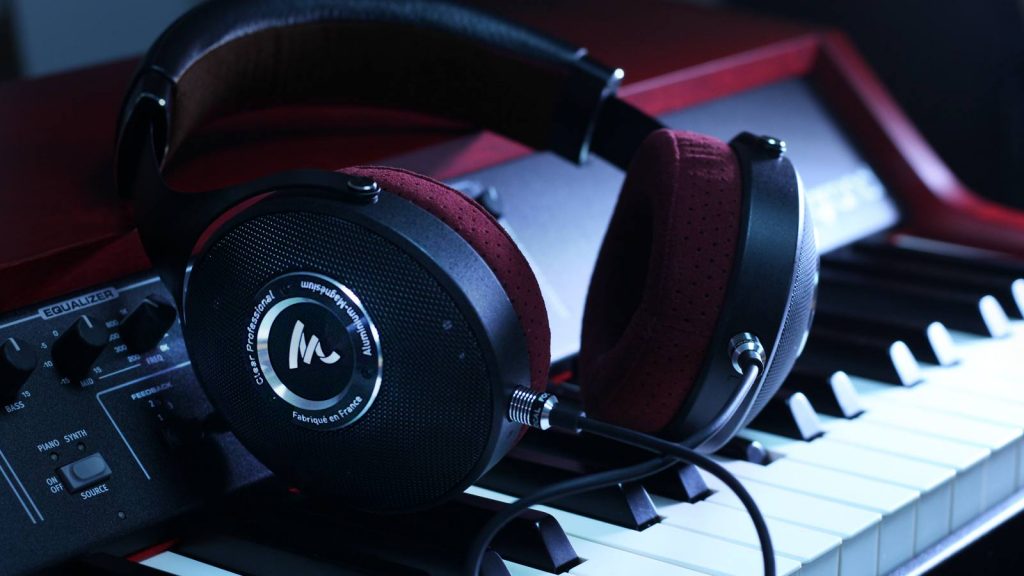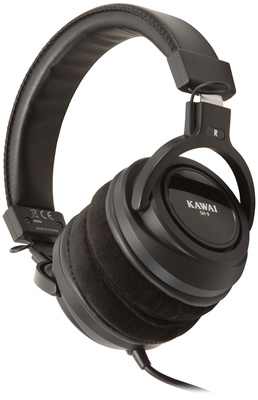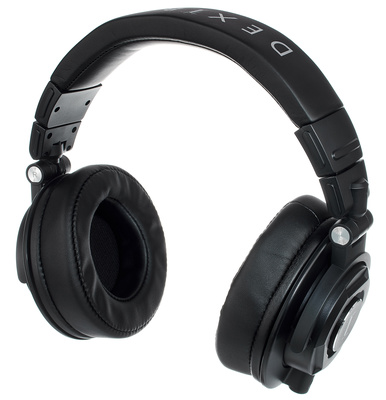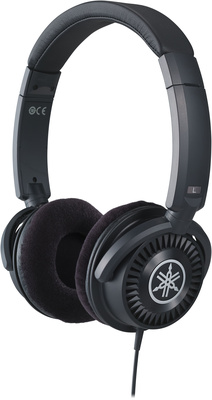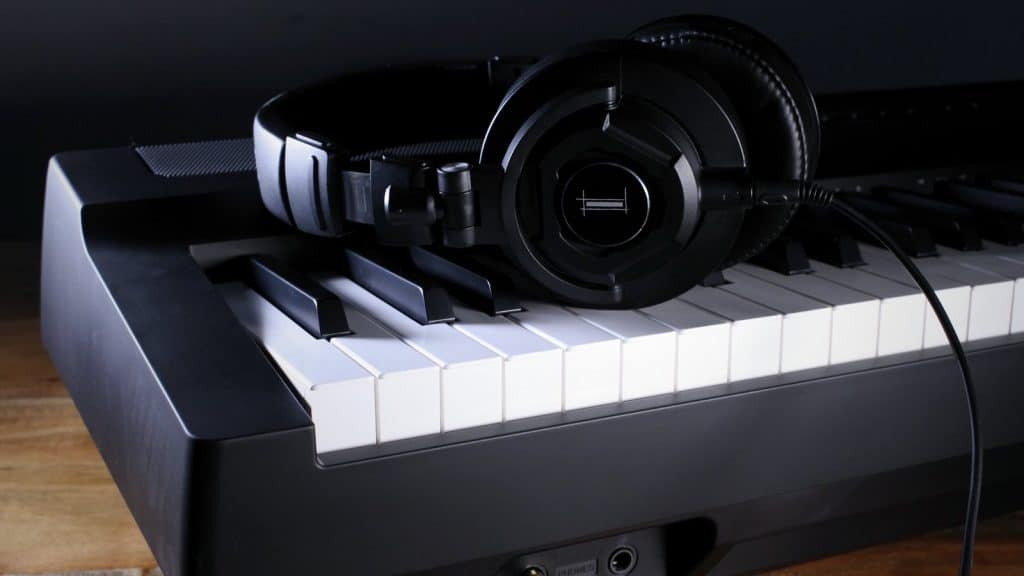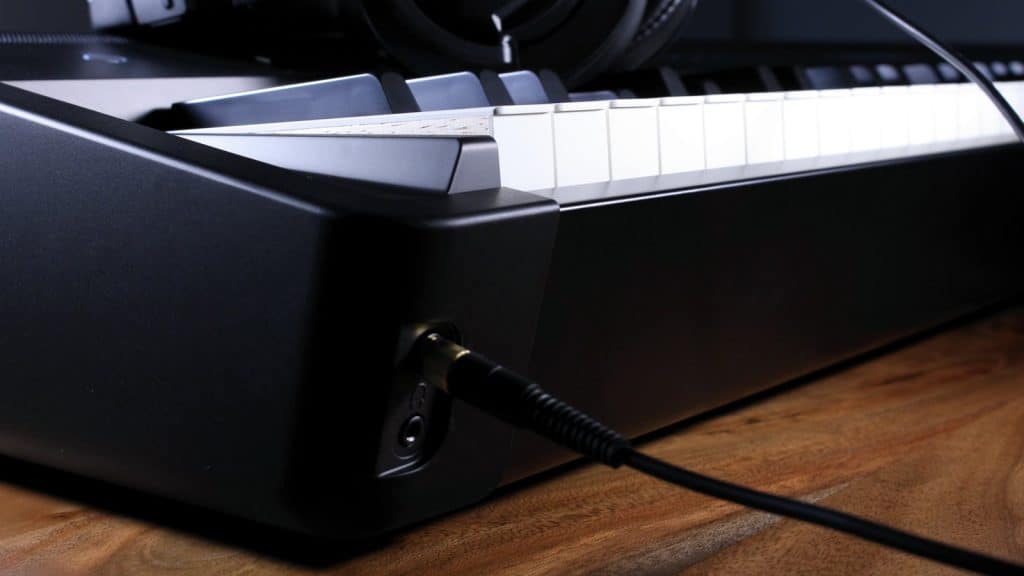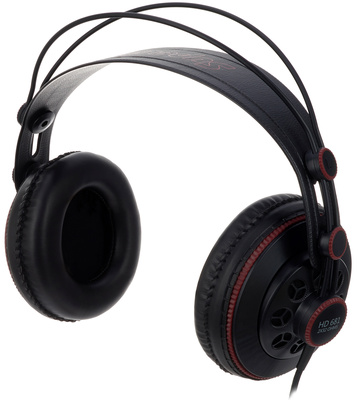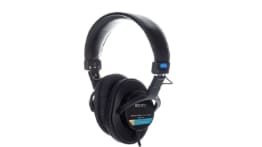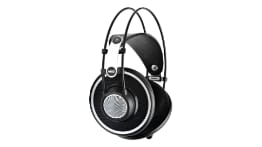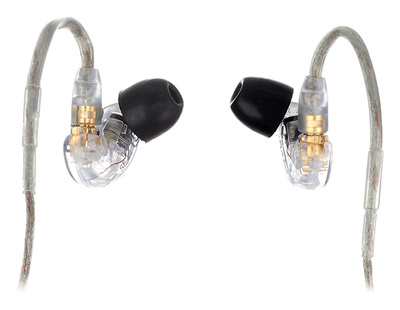Digital Piano Headphones FAQ
Frequently asked questions answered briefly and concisely.
What is a hybrid piano?
You may have heard brand names such as “Silent Piano” or “AnyTime Piano”. They all refer to an instrument that is both an acoustic and a digital piano. These hybrid pianos are equipped with a mute function, a mechanical block that prevents the hammer felts from hitting the strings. Otherwise, the usual piano action is used, but an electronically generated piano sound replaces it when muted. However, typical “silent pianos” do not have built-in speakers like a digital piano. Therefore, a hybrid piano doesn’t make much sense without headphones.
When are closed-back headphones recommended?
Closed headphones are designed to prevent sound from leaking out of the earcups and vice versa. They provide good acoustic isolation from ambient noise. For example, if you are practicing piano on a digital piano while someone in the same room is watching television, you should purchase closed-back headphones. However, because of their closed design, these headphones can produce a powerful sound, especially in the bass range, which can be tiring if you practice piano for long periods.
Learn more: Setting Up a Digital Piano
When are open-back headphones recommended?
Wraparound headphones with open ear cups provide the most comfortable fit. They are ideal for hours of digital piano playing. However, the open design also allows more ambient noise to reach the ear.
How loud can headphones be while practicing piano?
The volume depends very much on how you feel. However, you usually underestimate the volume because you are concentrating on playing the piano and reading the music. As a result, you often play louder than you think. That’s why it’s important to take regular breaks, as you’ll usually notice quickly if you’ve been practicing at too high a volume for a while. Headphone volume always depends on the impedance of your headphones.
What is headphone impedance?
Impedance, measured in ohms, is the electrical resistance between your headphones and your amplifier. Headphones with high impedance tend to be quieter. The lower the impedance, the louder the headphones. However, headphones with too low an impedance tend to distort. For digital pianos, the impedance should be no lower than 32 ohms and no higher than 250 ohms. Be careful with studio headphones, as some models are available in professional versions with very high impedance (e.g. 600 ohms). Such headphones are not suitable for use with a digital piano.

